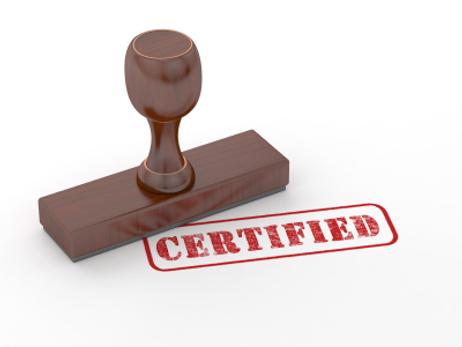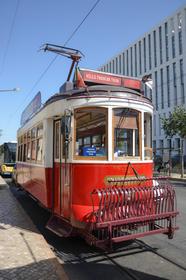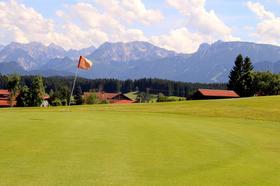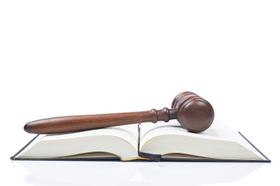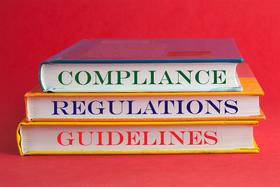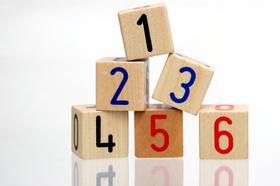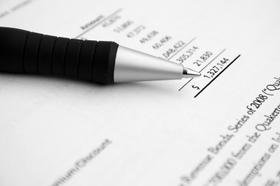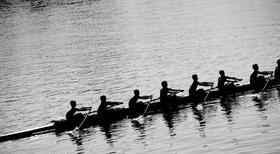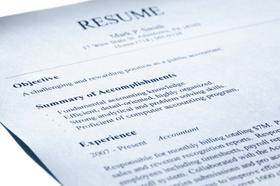In today's rapidly evolving educational landscape, the integrity and security of private school operations have never been more critical. As administrators, we strive to cultivate environments where trust and transparency are paramount. However, my own experience transitioning a school from paper-driven to digital bookkeeping revealed just how vulnerable these systems can be. The school's petty cash account was a constant source of frustration, impossible to balance due to a complete lack of controls. This article delves into the multifaceted issue of employee theft within private schools, exploring its various forms, the risks it presents, and the profound impact it can have on both finances and reputation. By understanding these dynamics, we can better equip ourselves with the strategies and tools necessary to safeguard our schools and uphold the principles we hold dear.
A Trustee's responisibility.
You have spent a year as a trustee of St. Etheldreda's. You have attended all the meetings. Recently you were appointed to the finance committee. The nagging question keeps chewing at you. "How do we know that our employees aren't stealing from us?" After all, hardly a day goes by without yet another report on the news of some trusted employee stealing from one organization or another.
You simply have to ask these tough questions of your business manager and your auditor.
1. Does one person have control over all of your accounting functions?
2. Are two signatures required on checks over a pre-determined amount - say, $50?
3. Are checks ever pre-signed?
4. Are your






